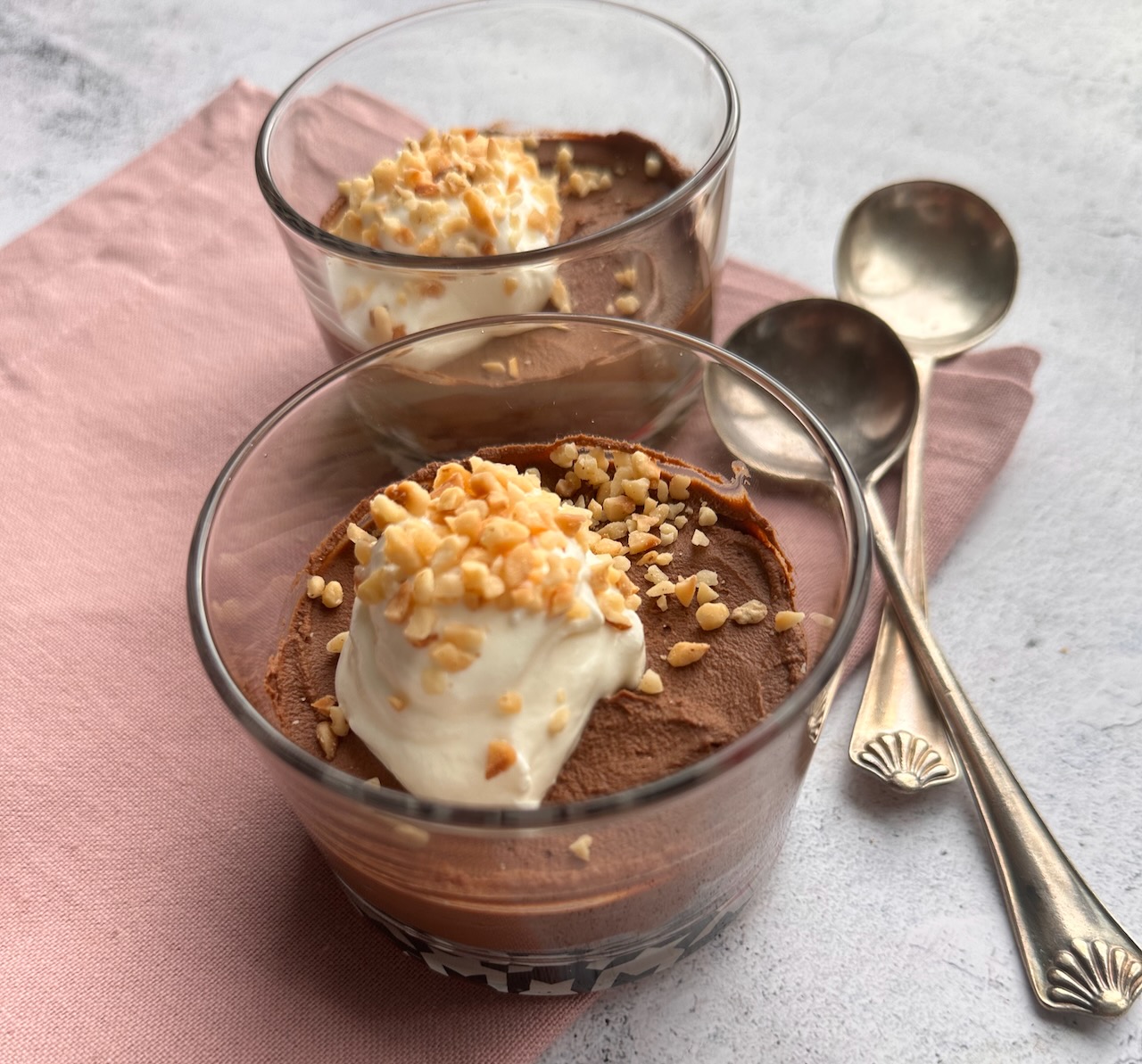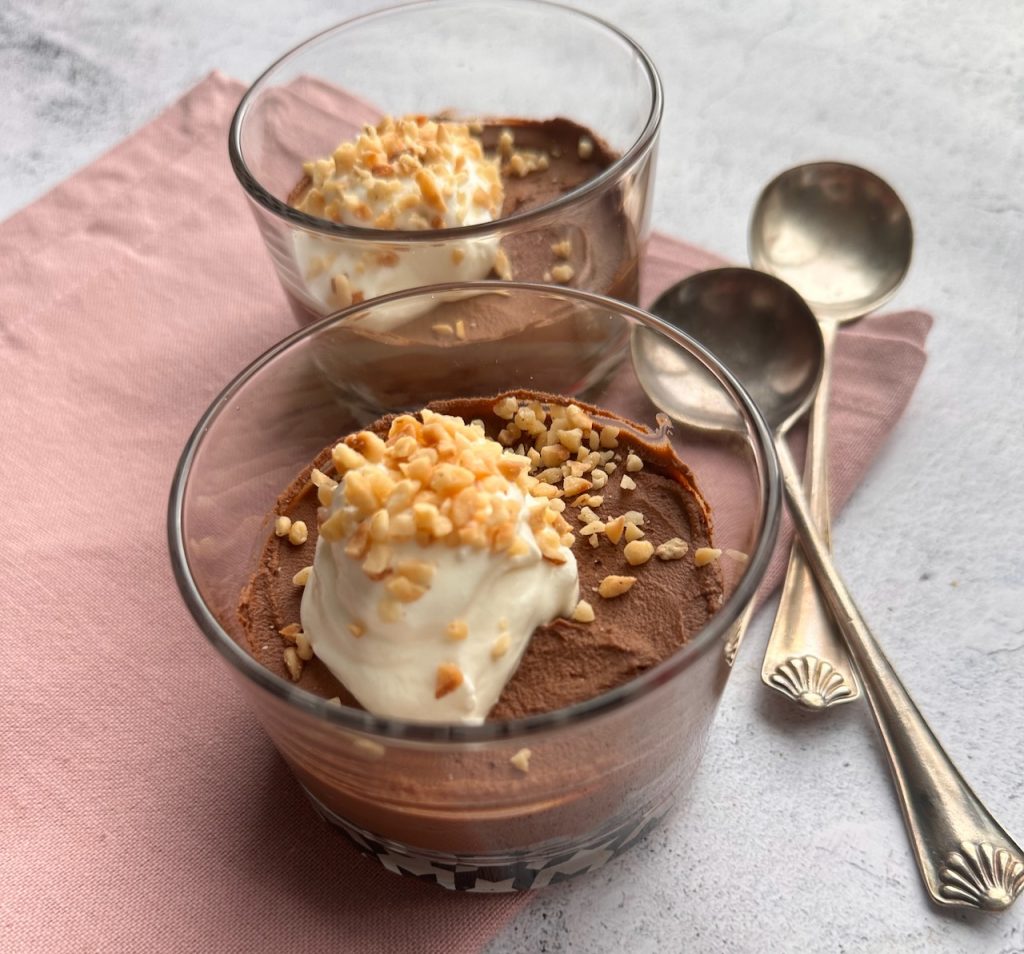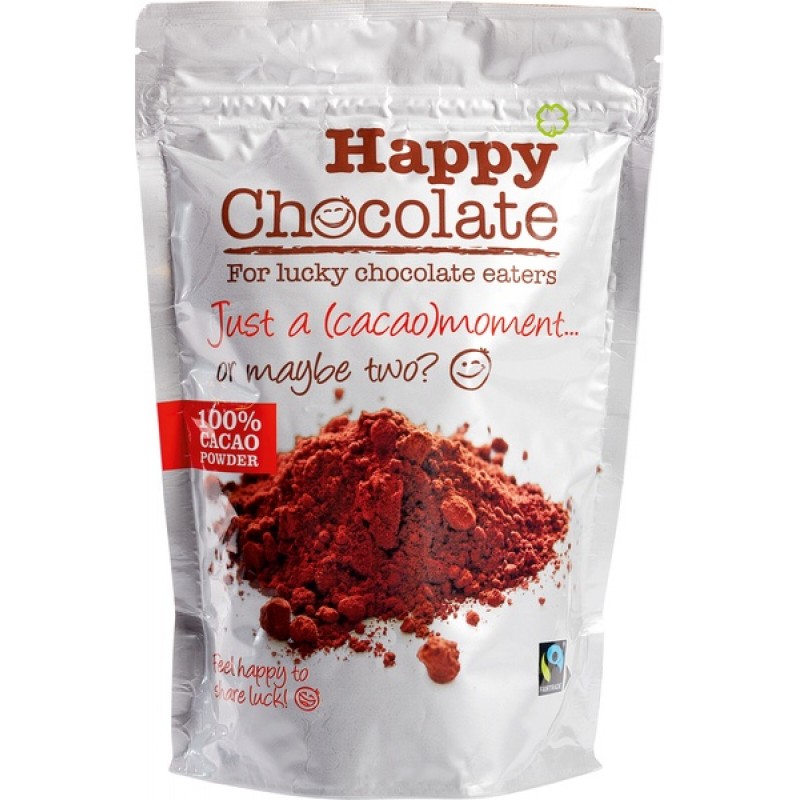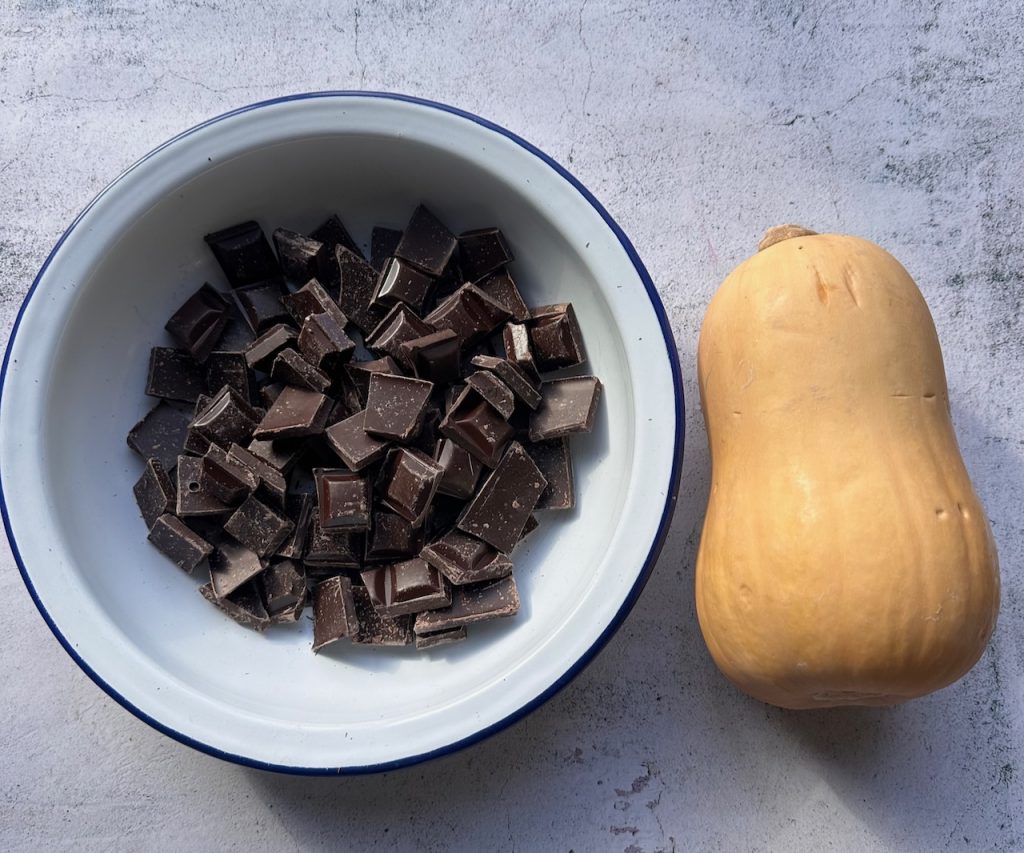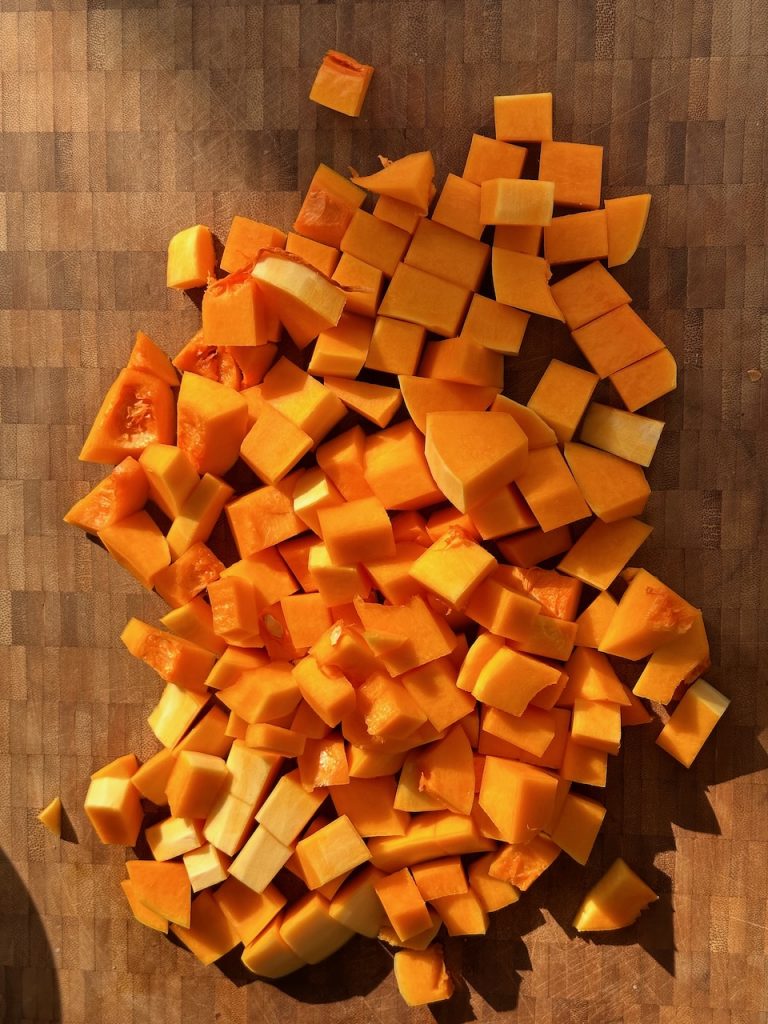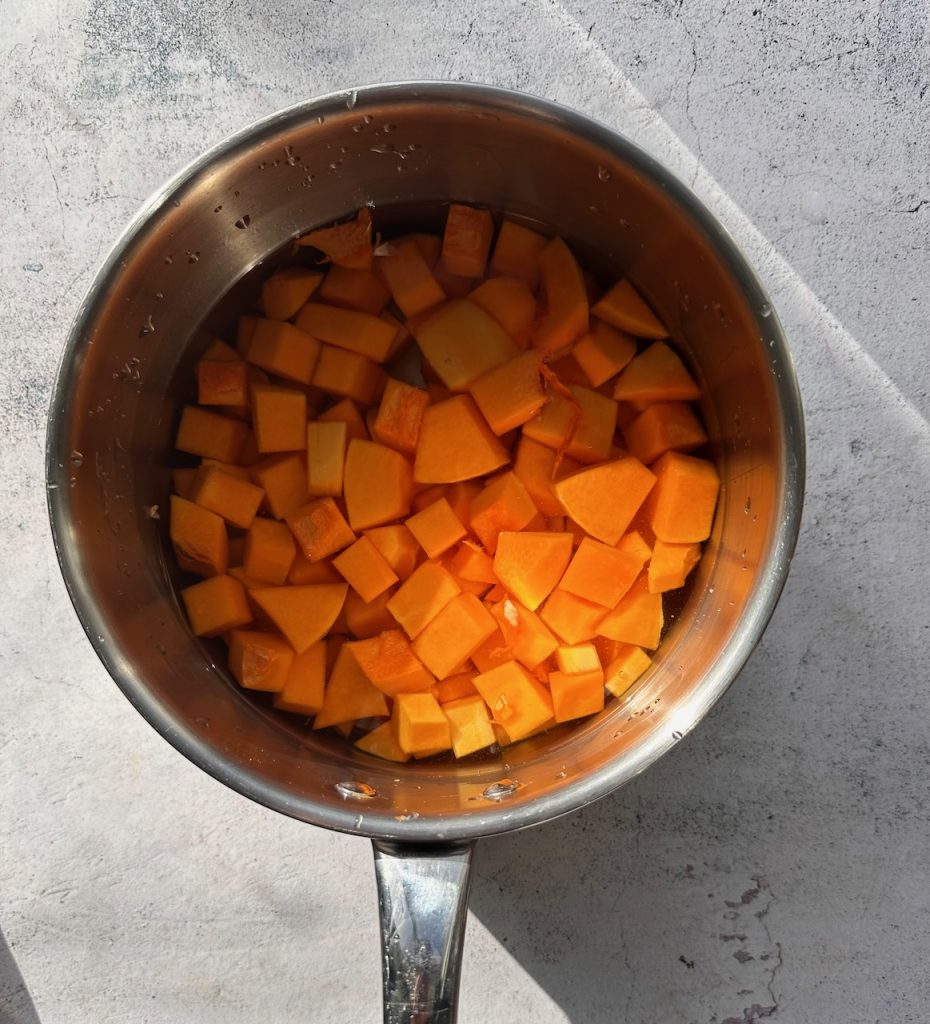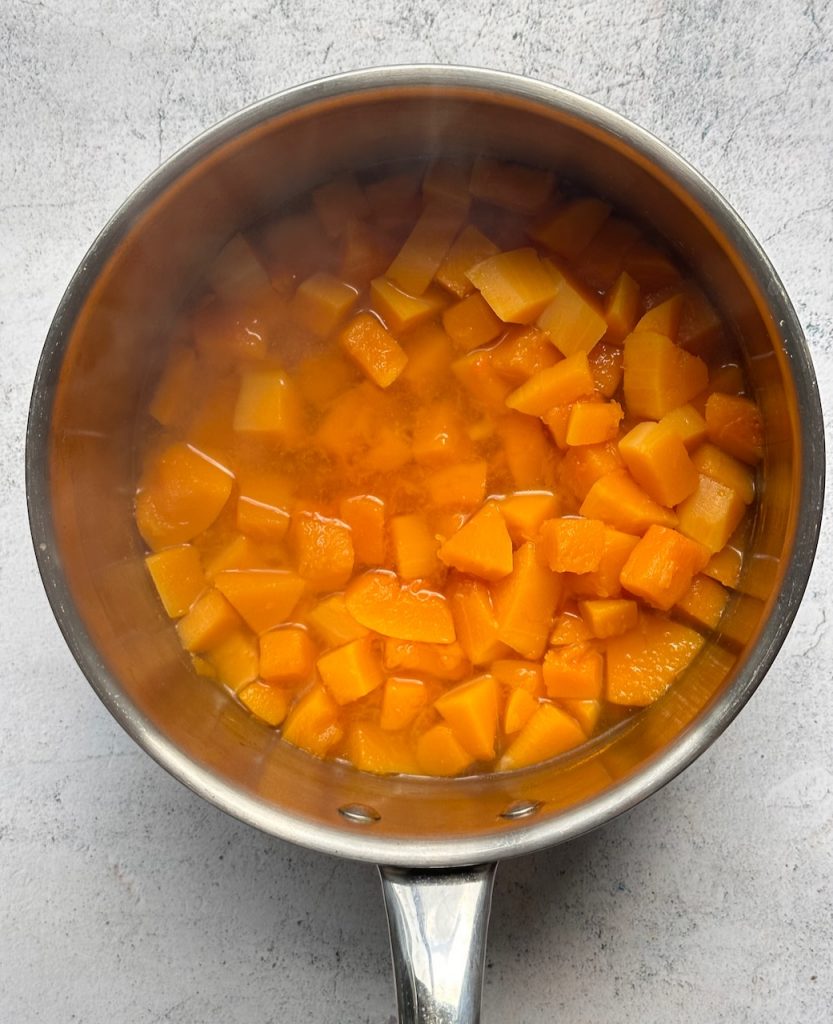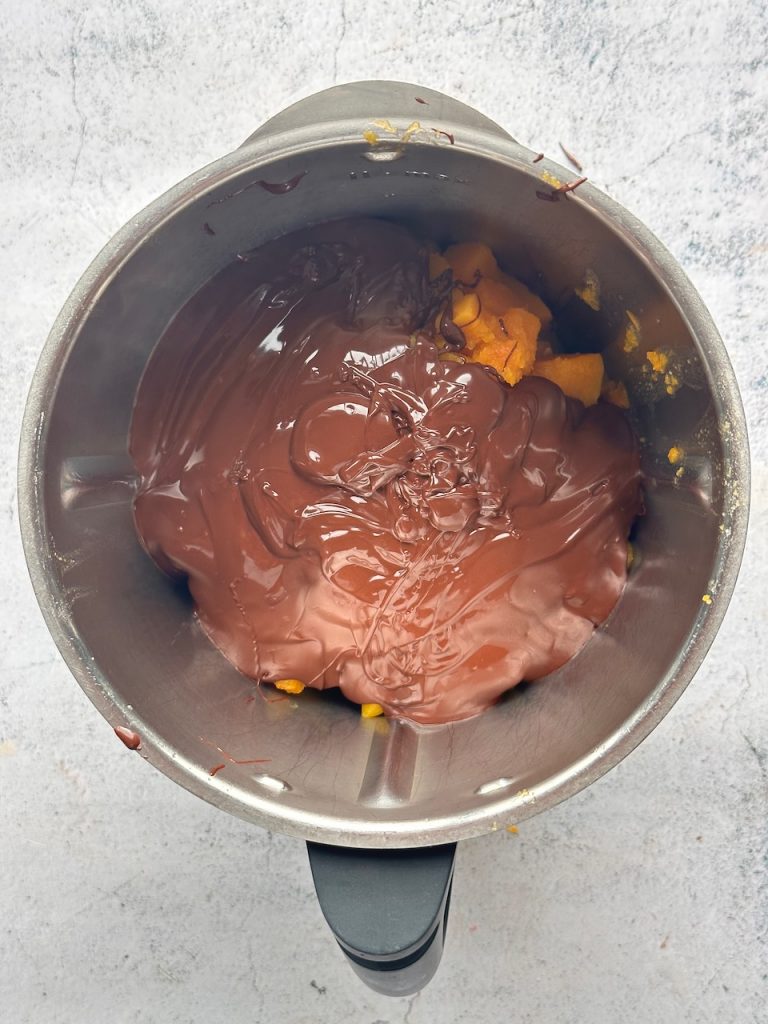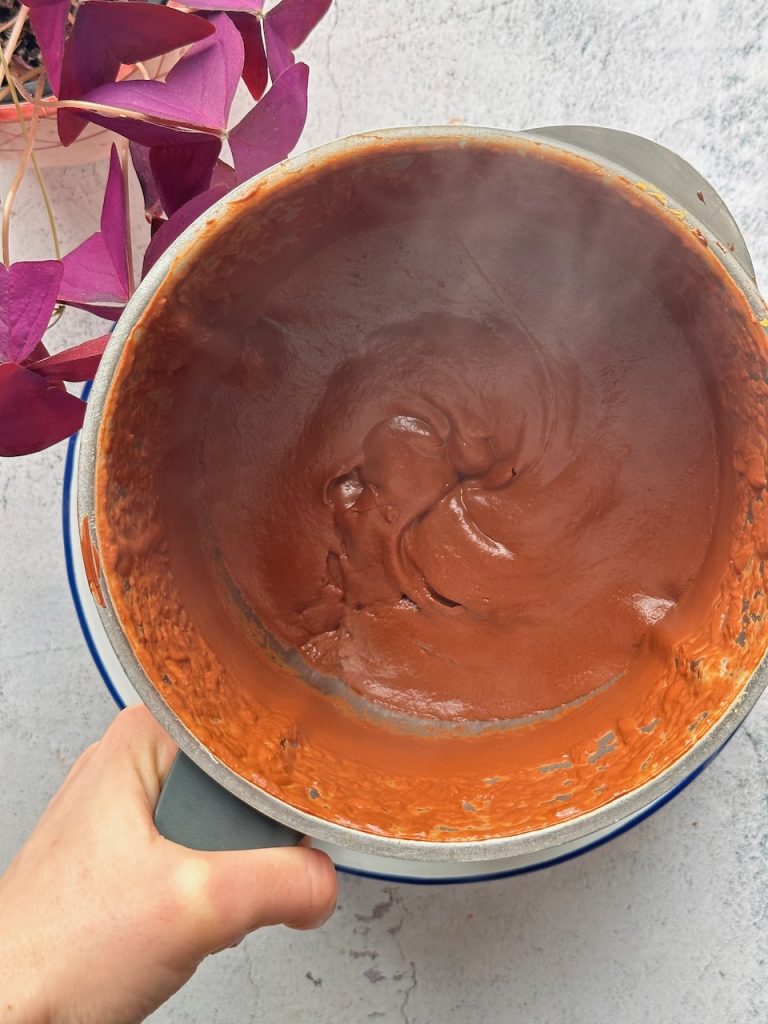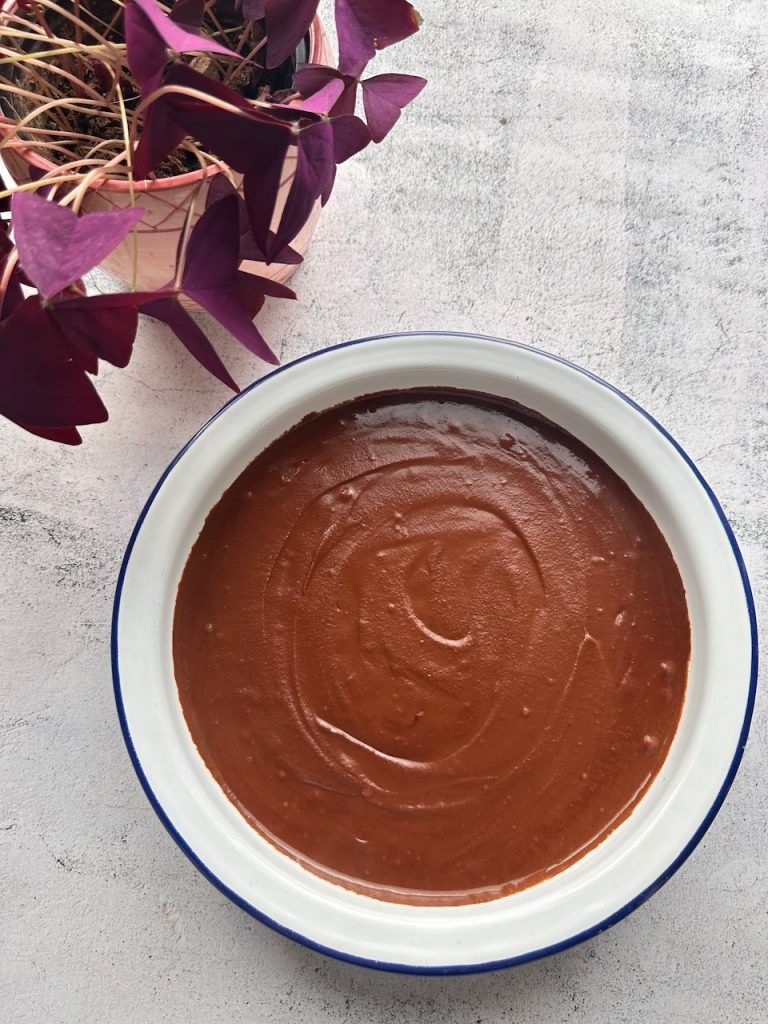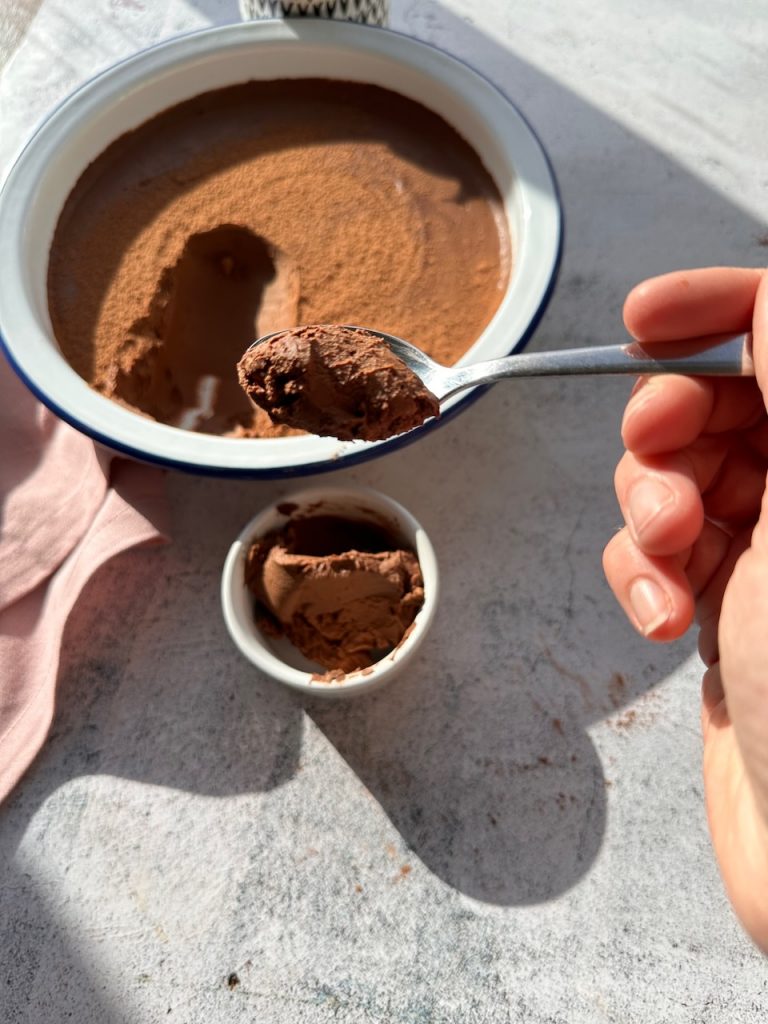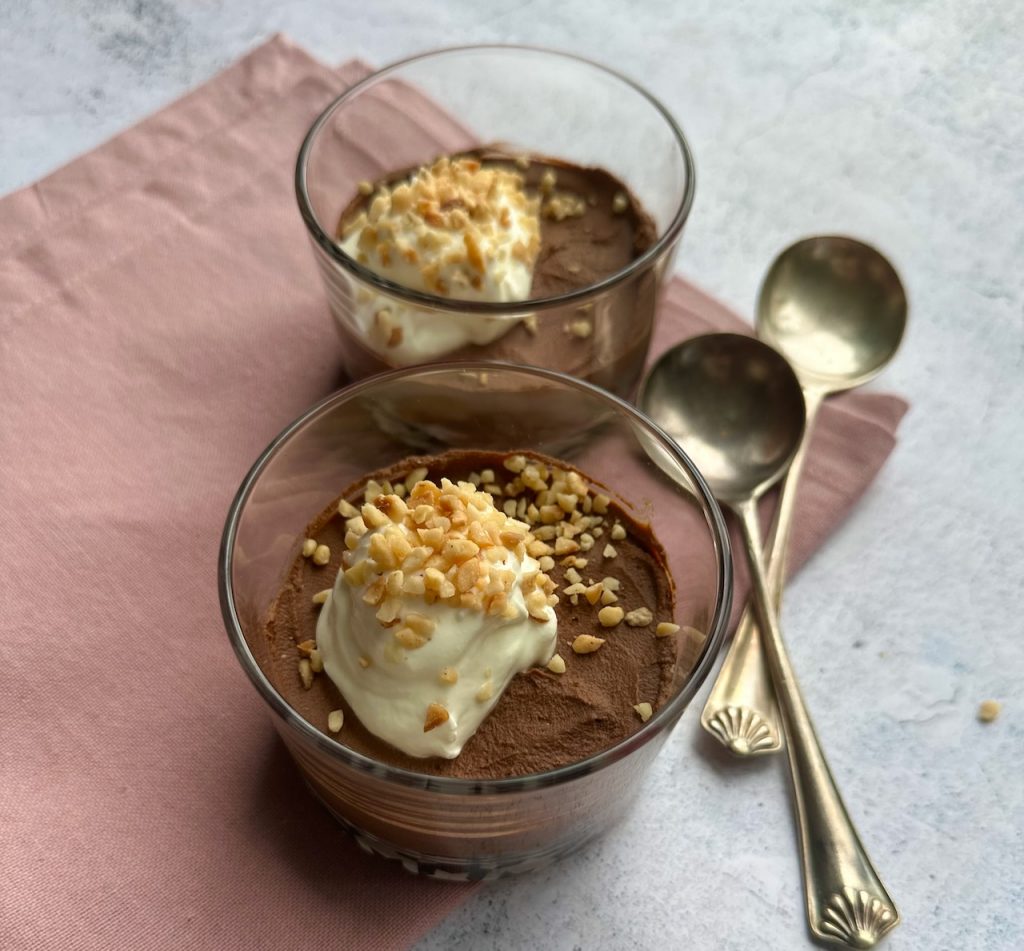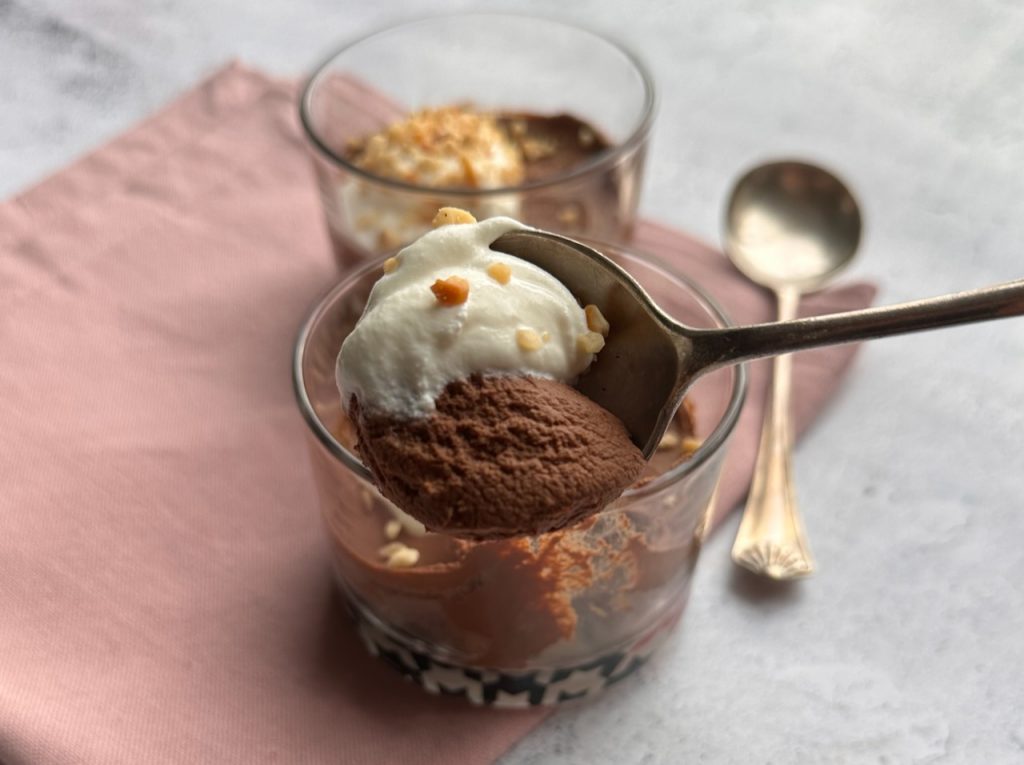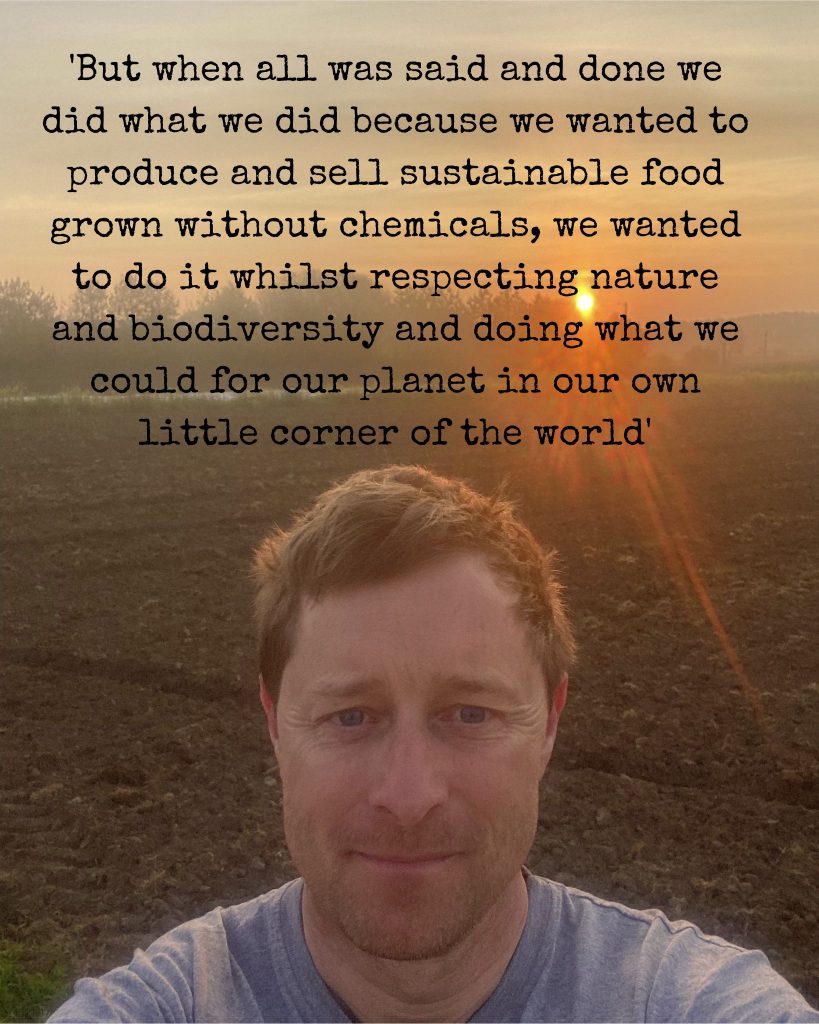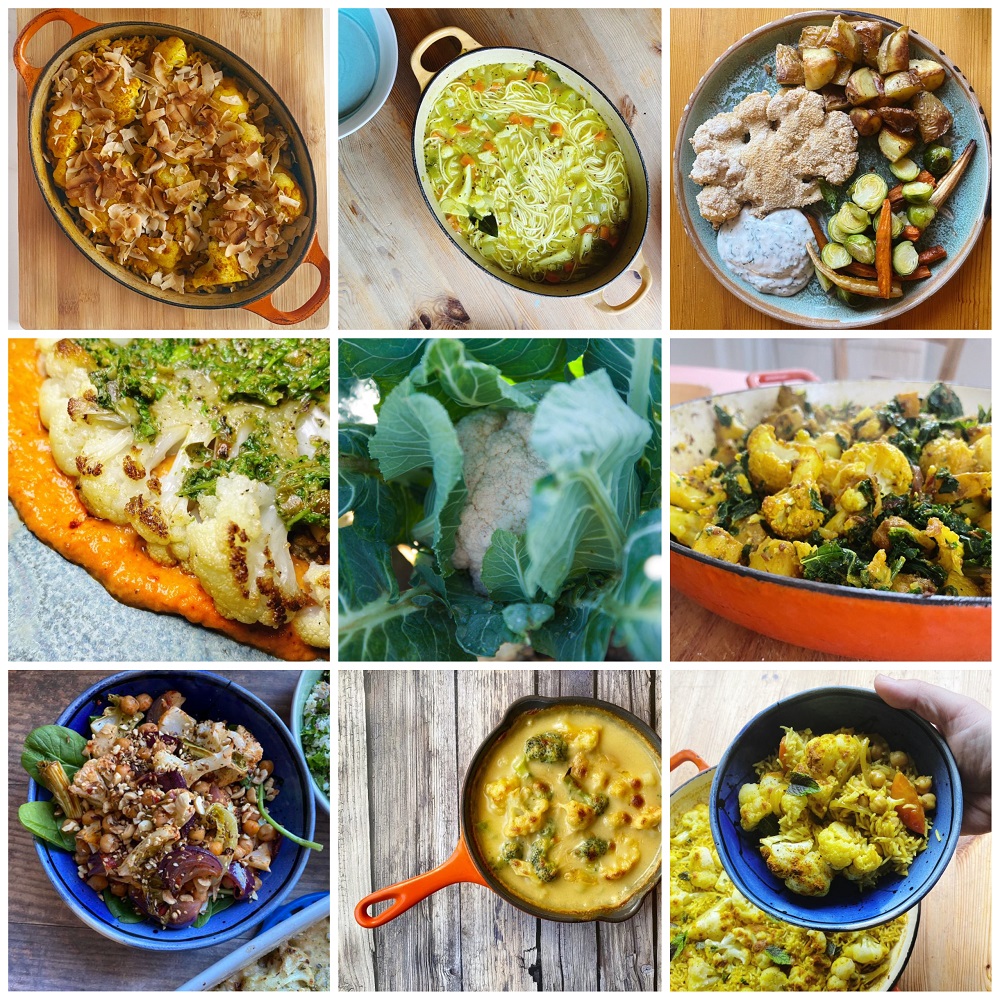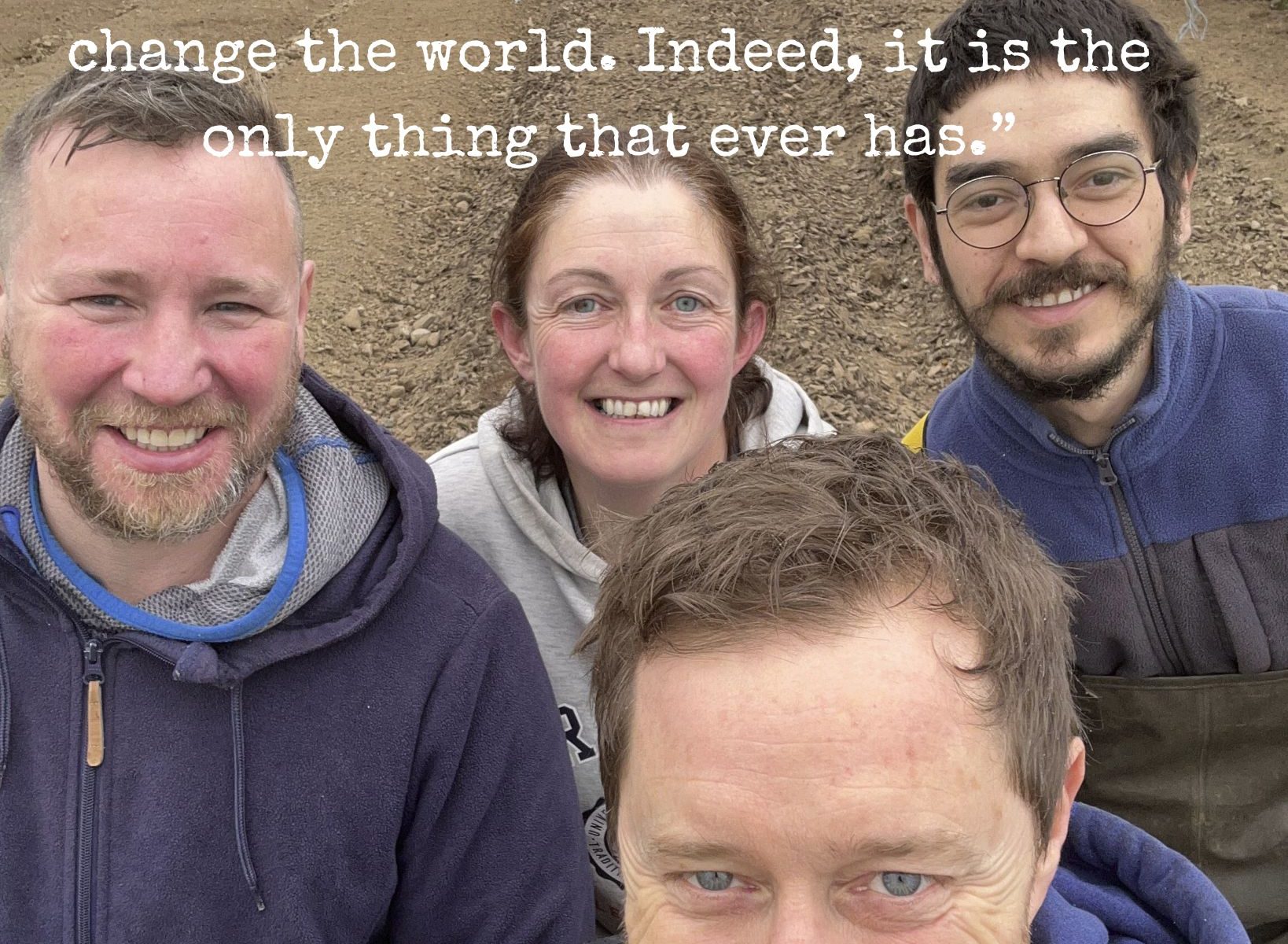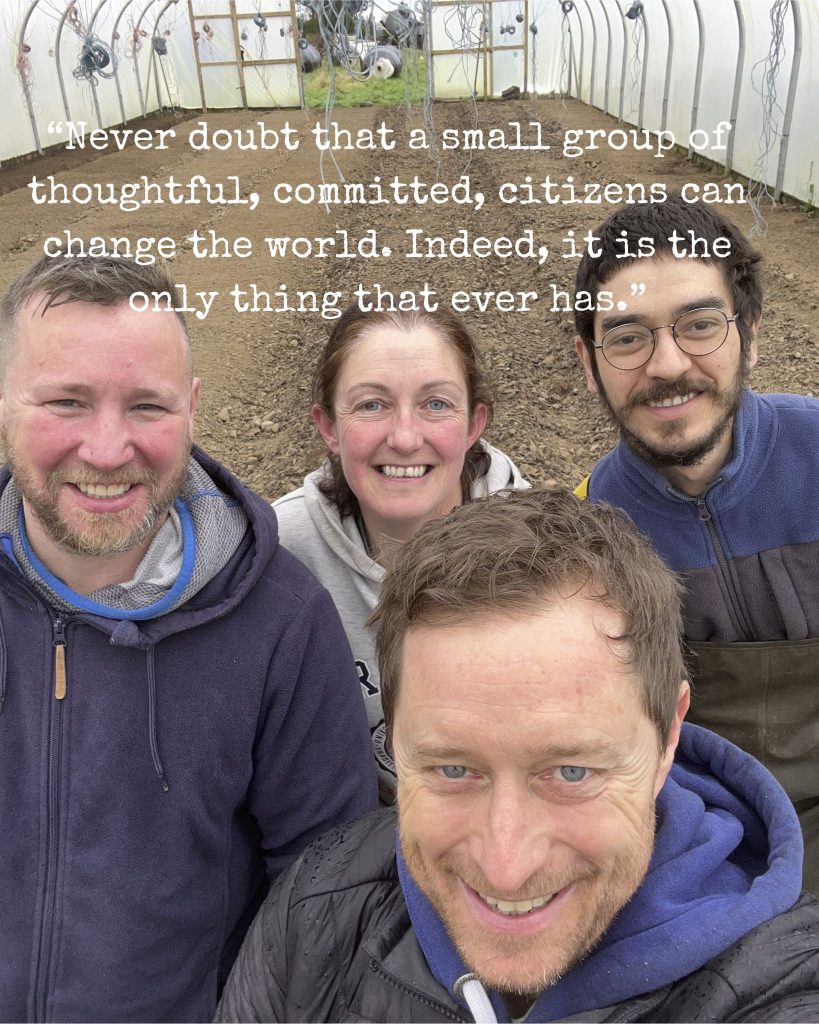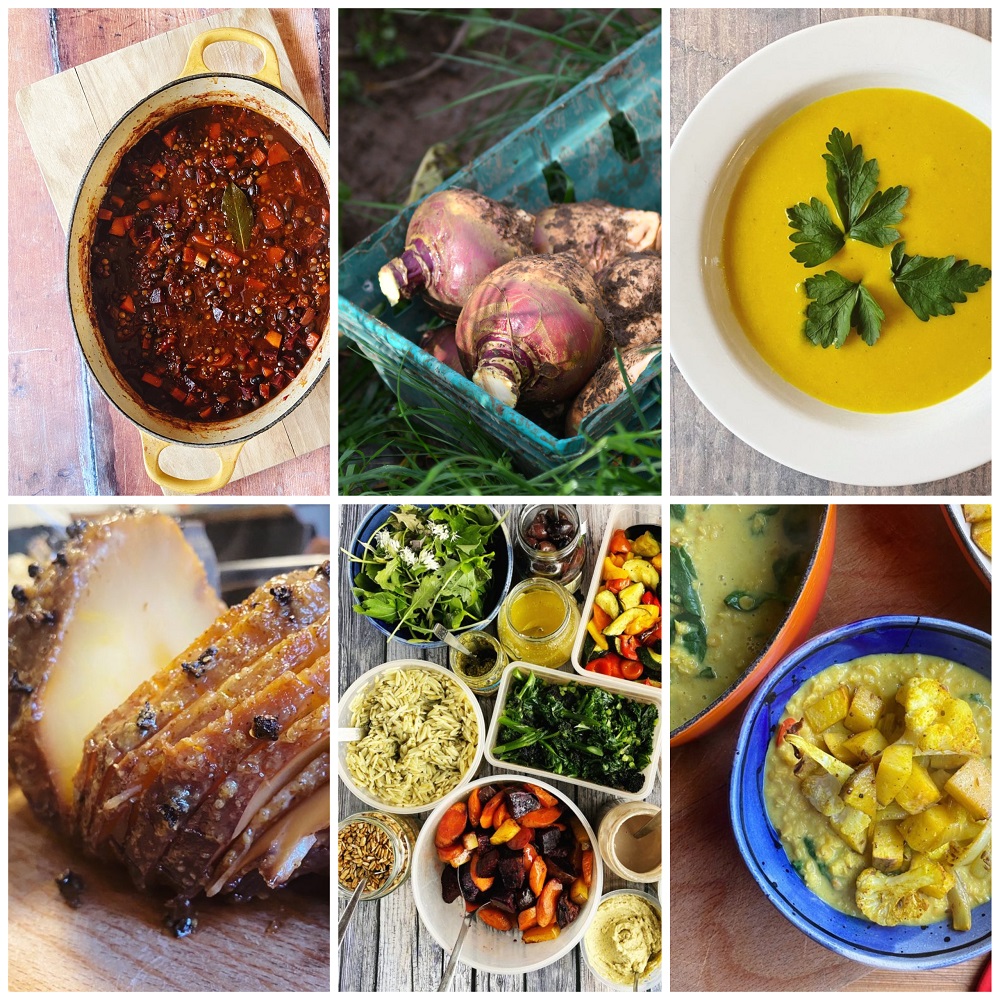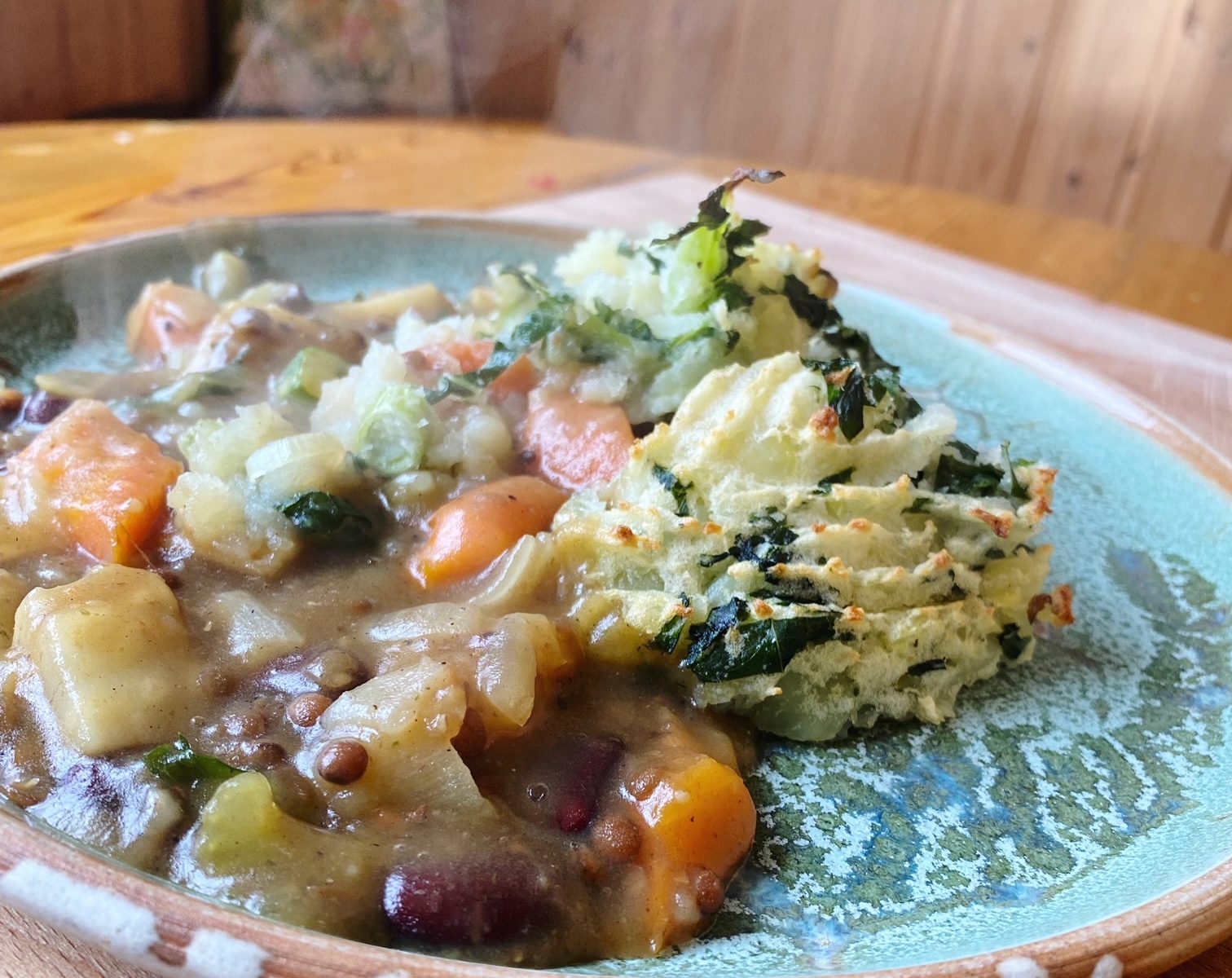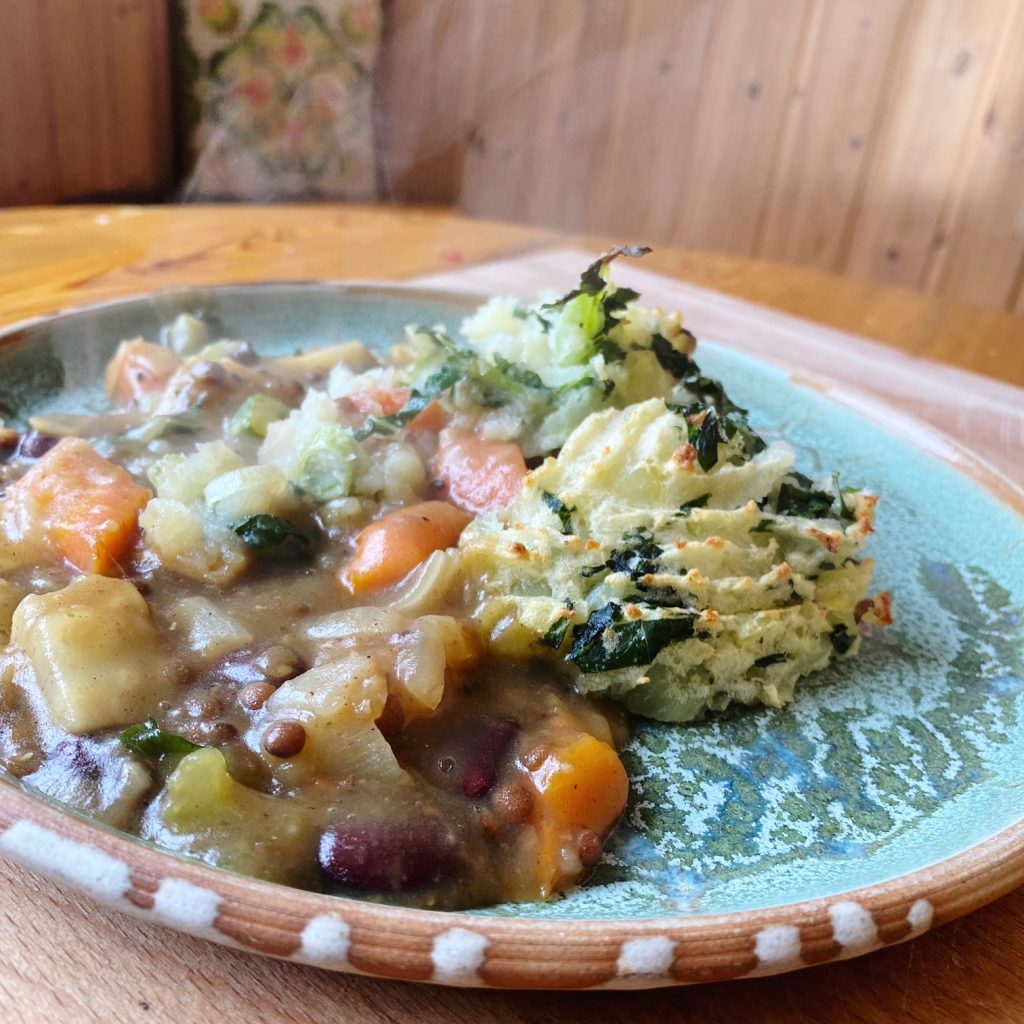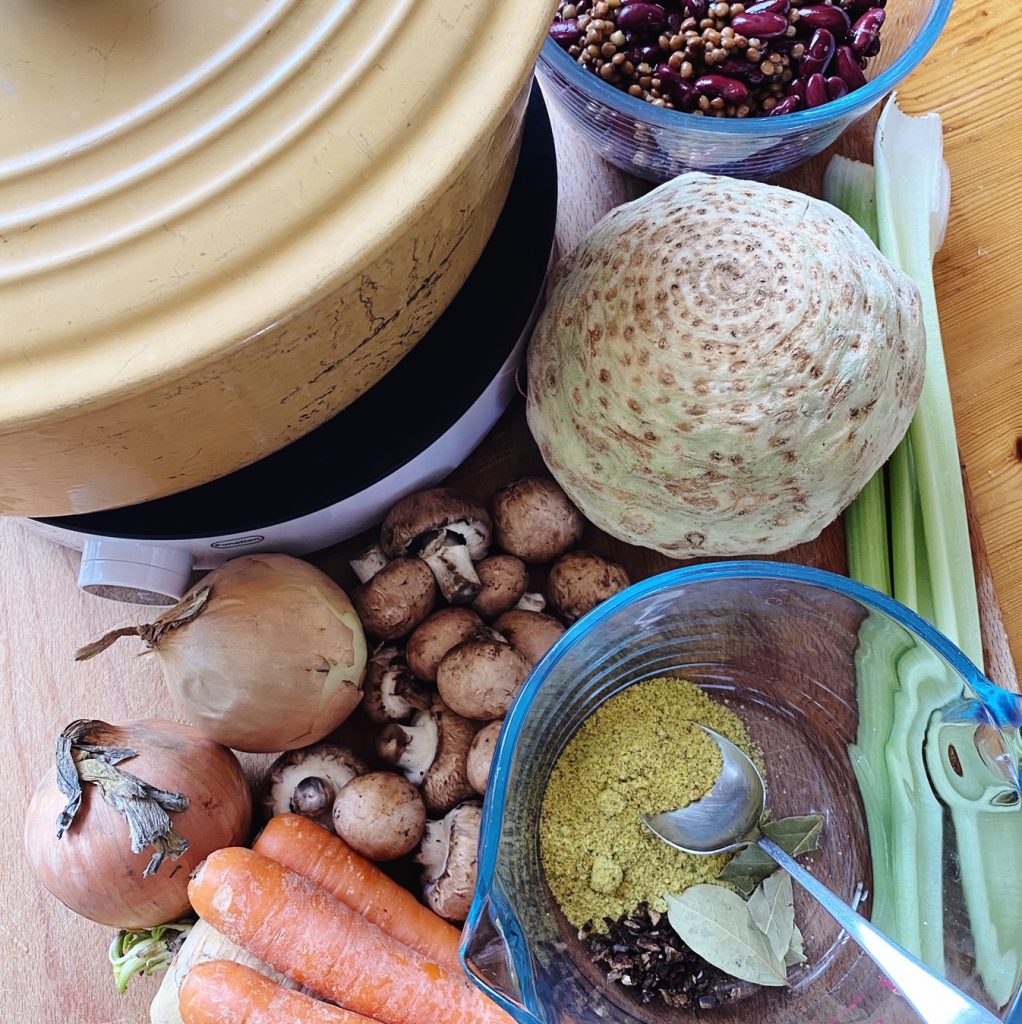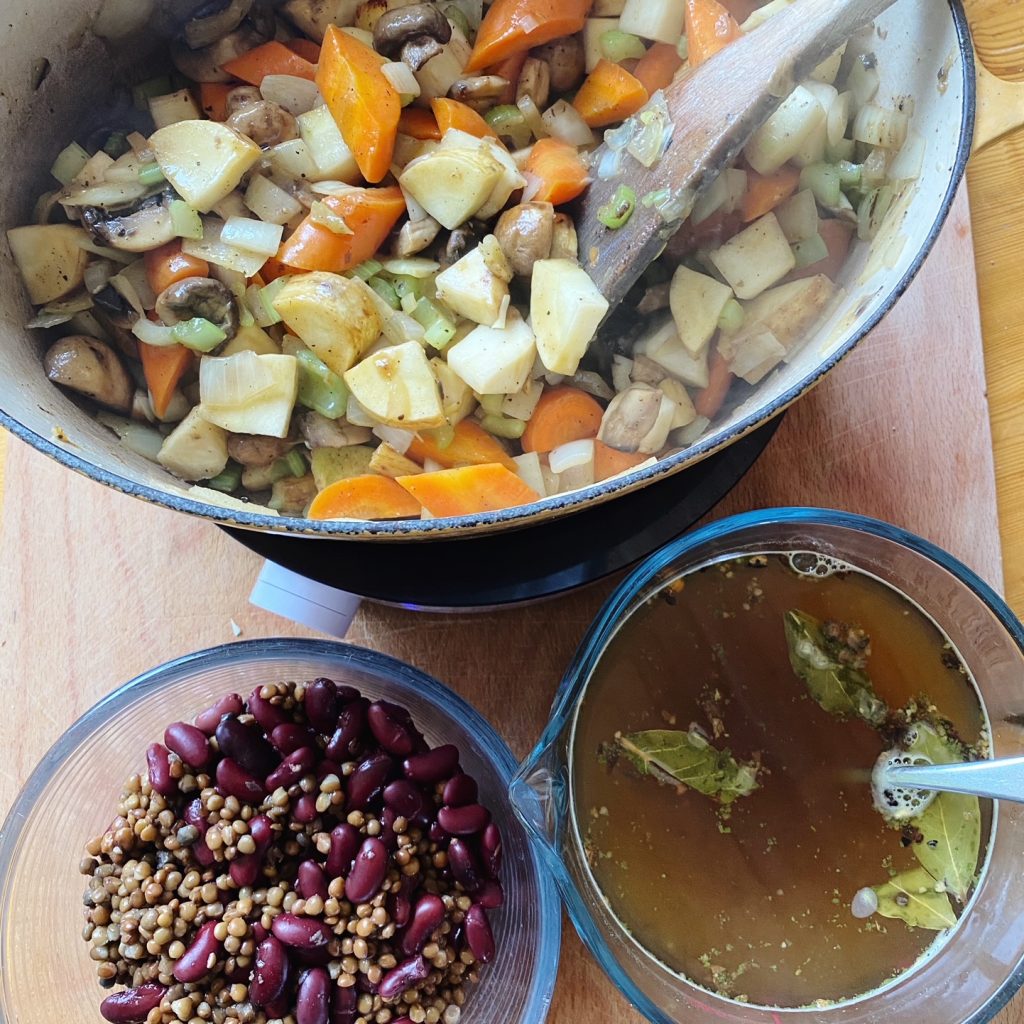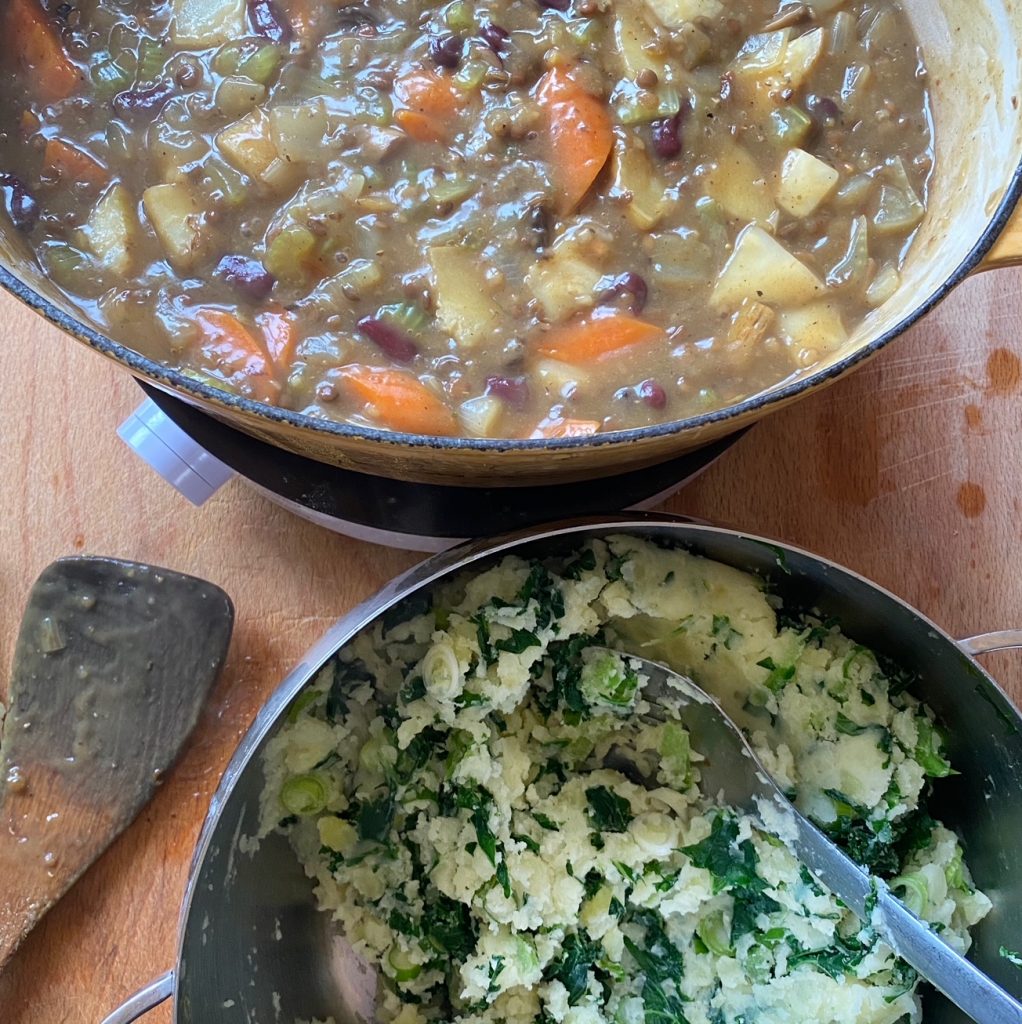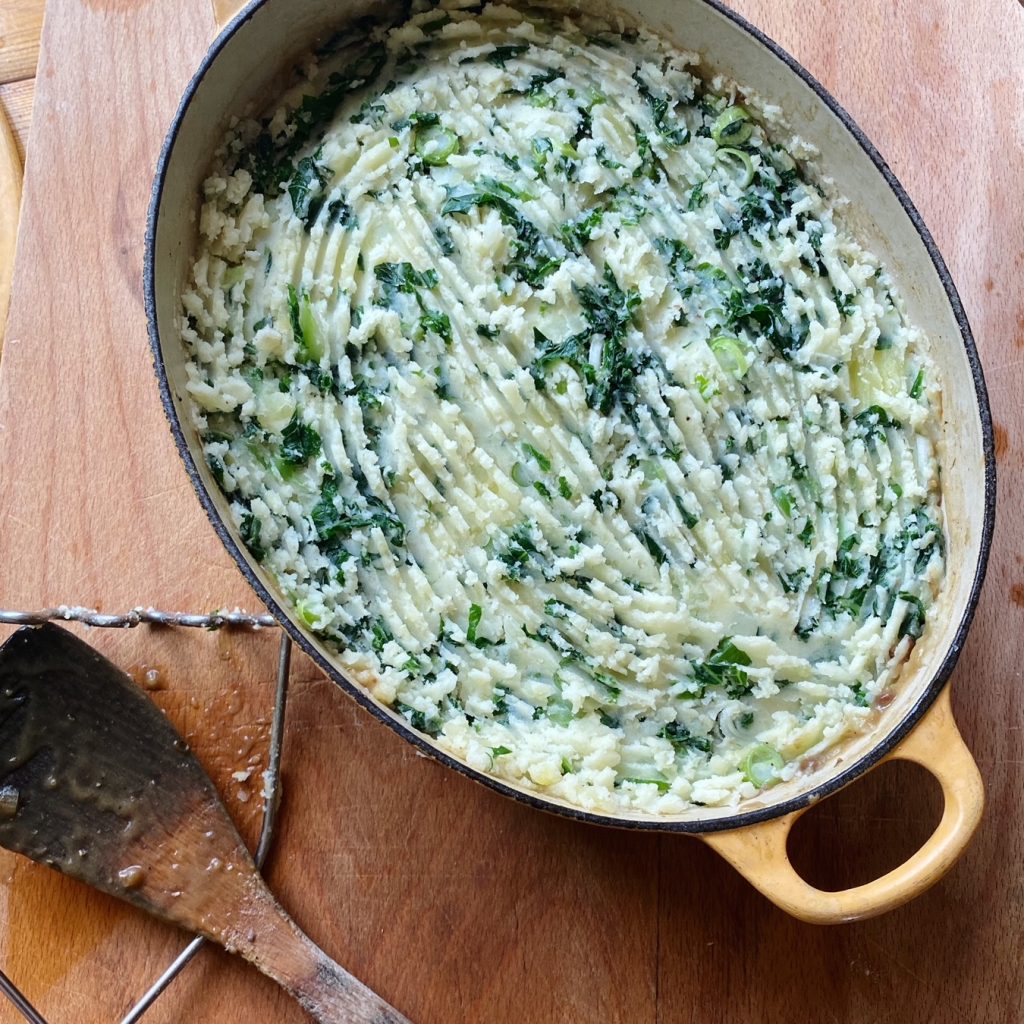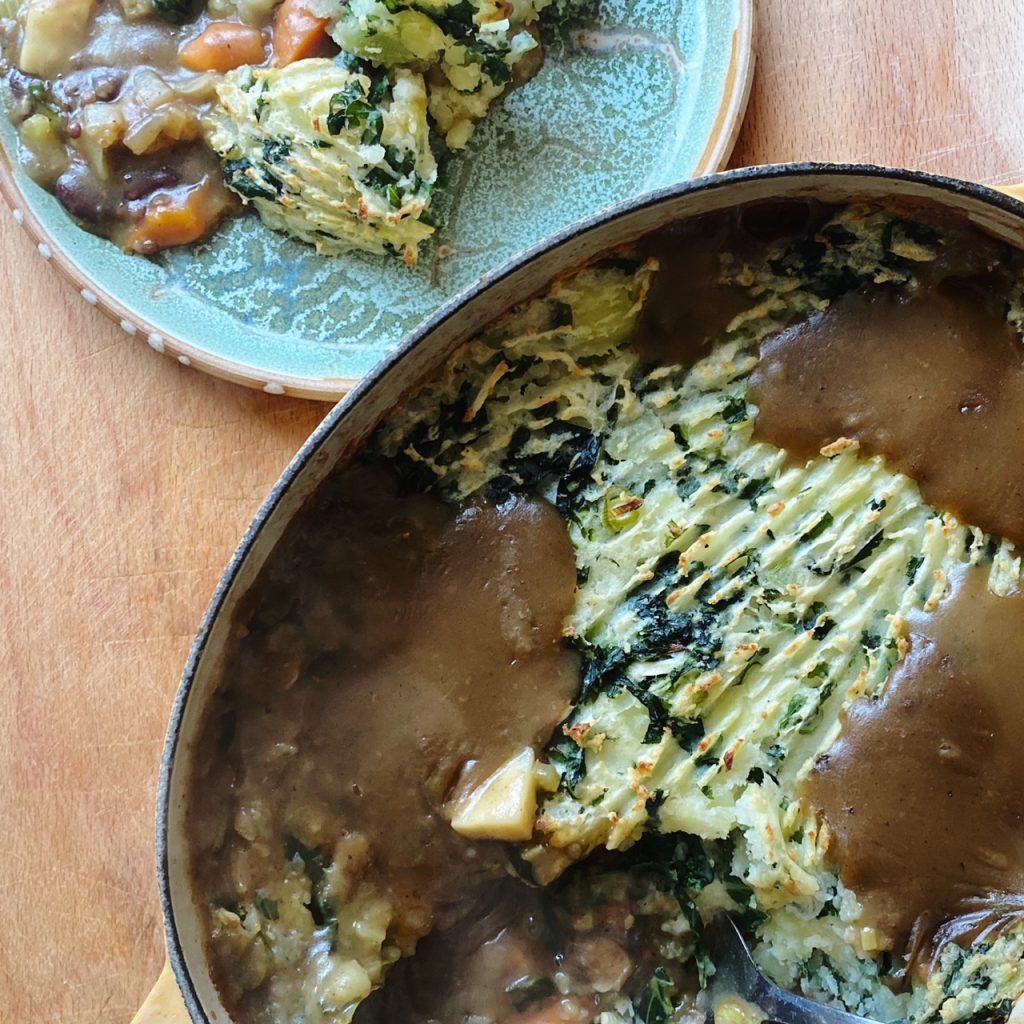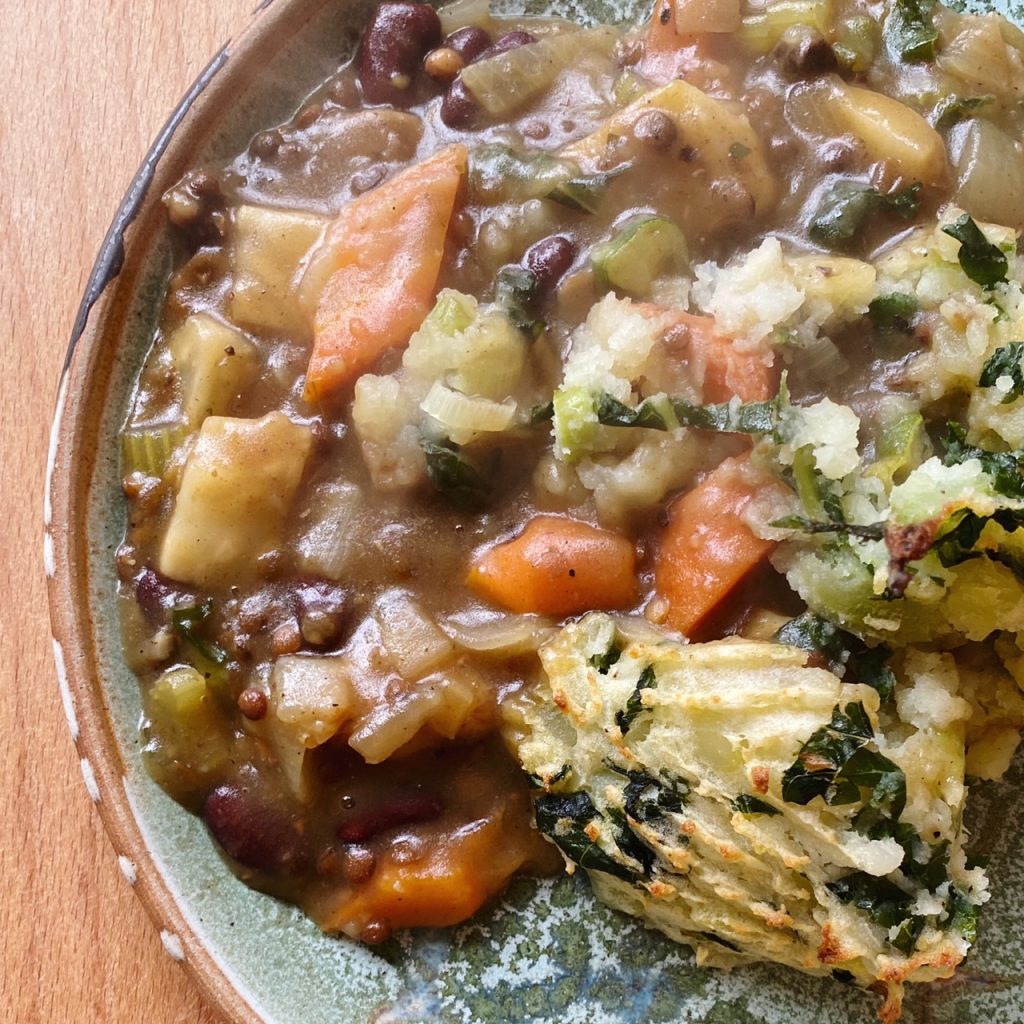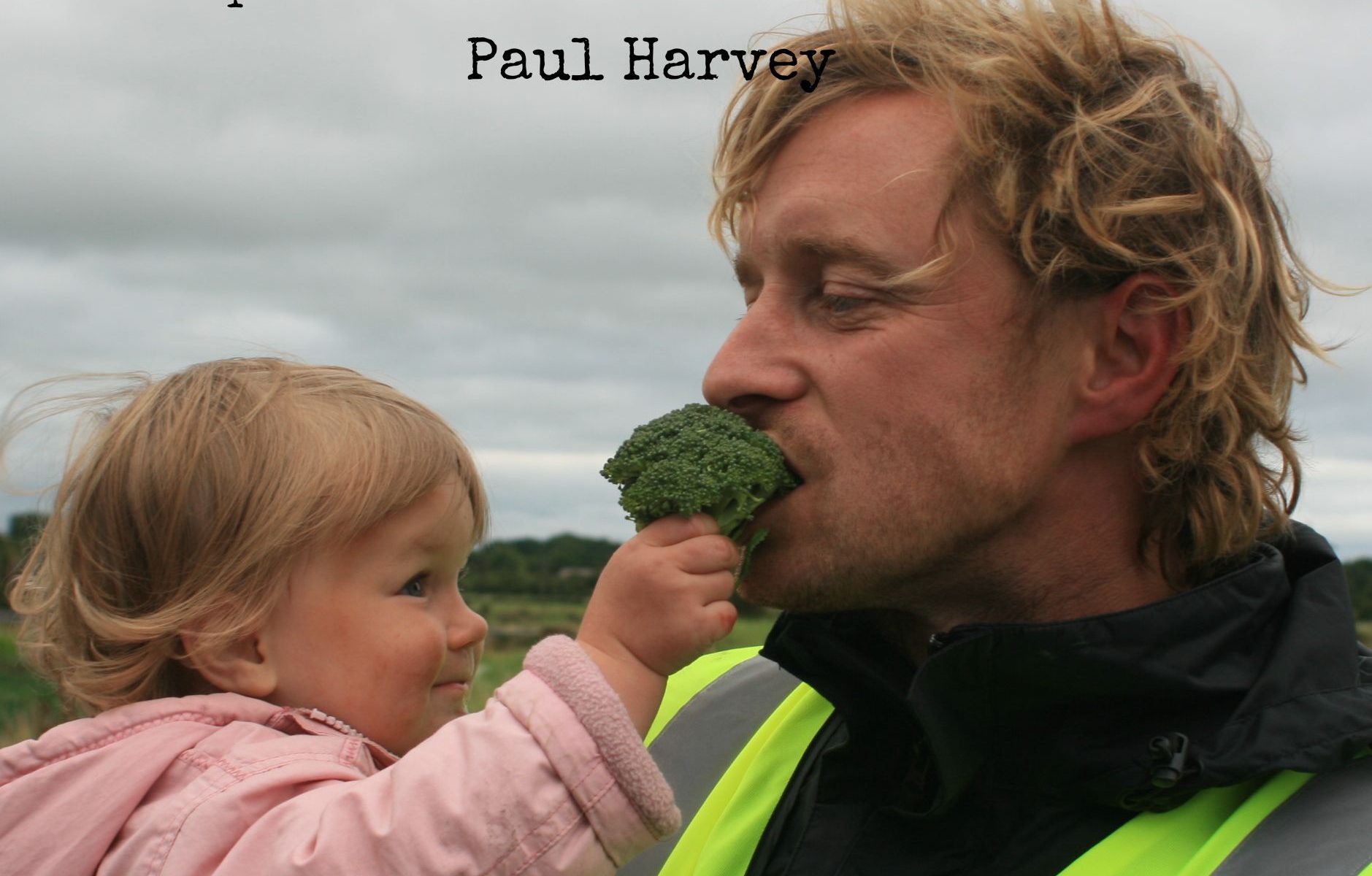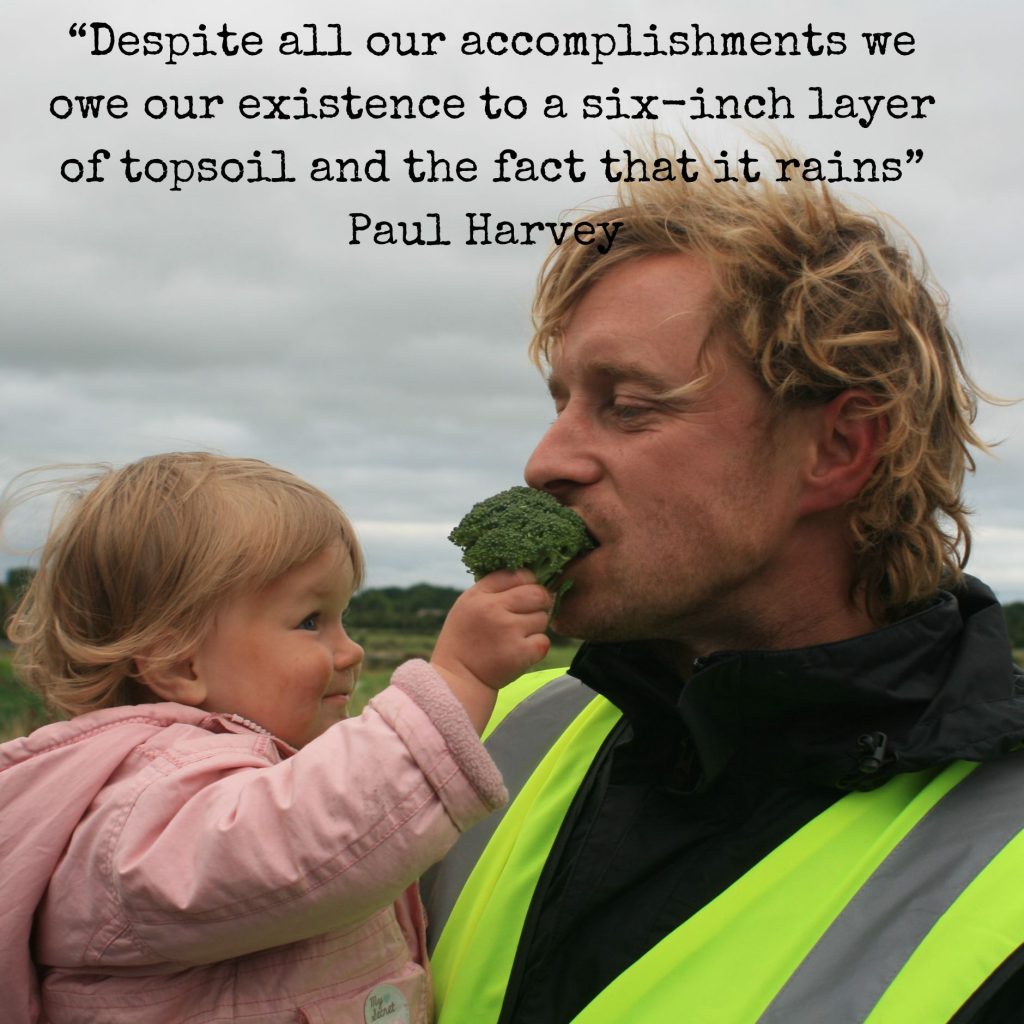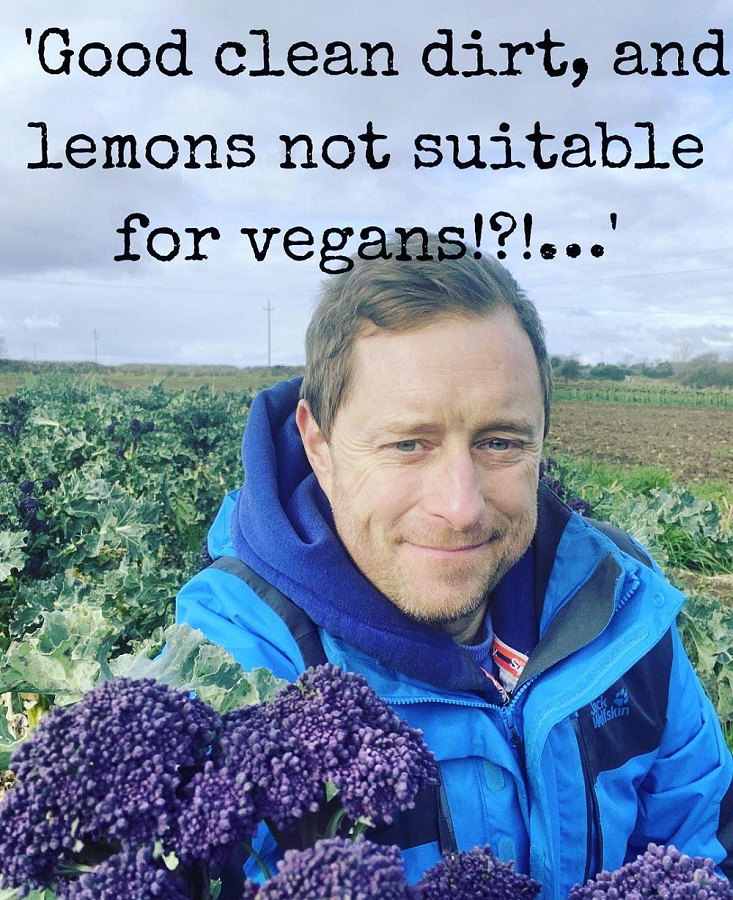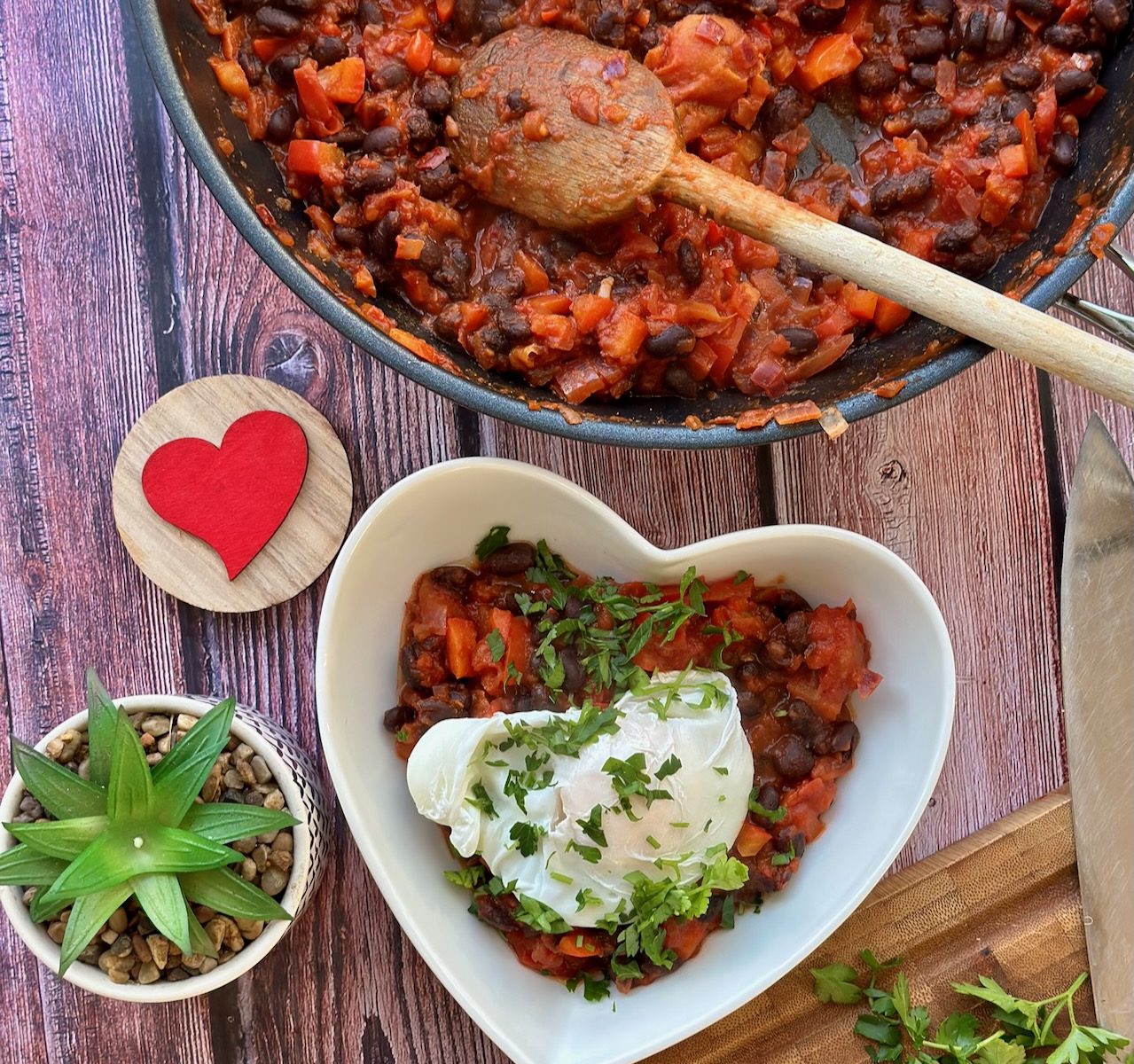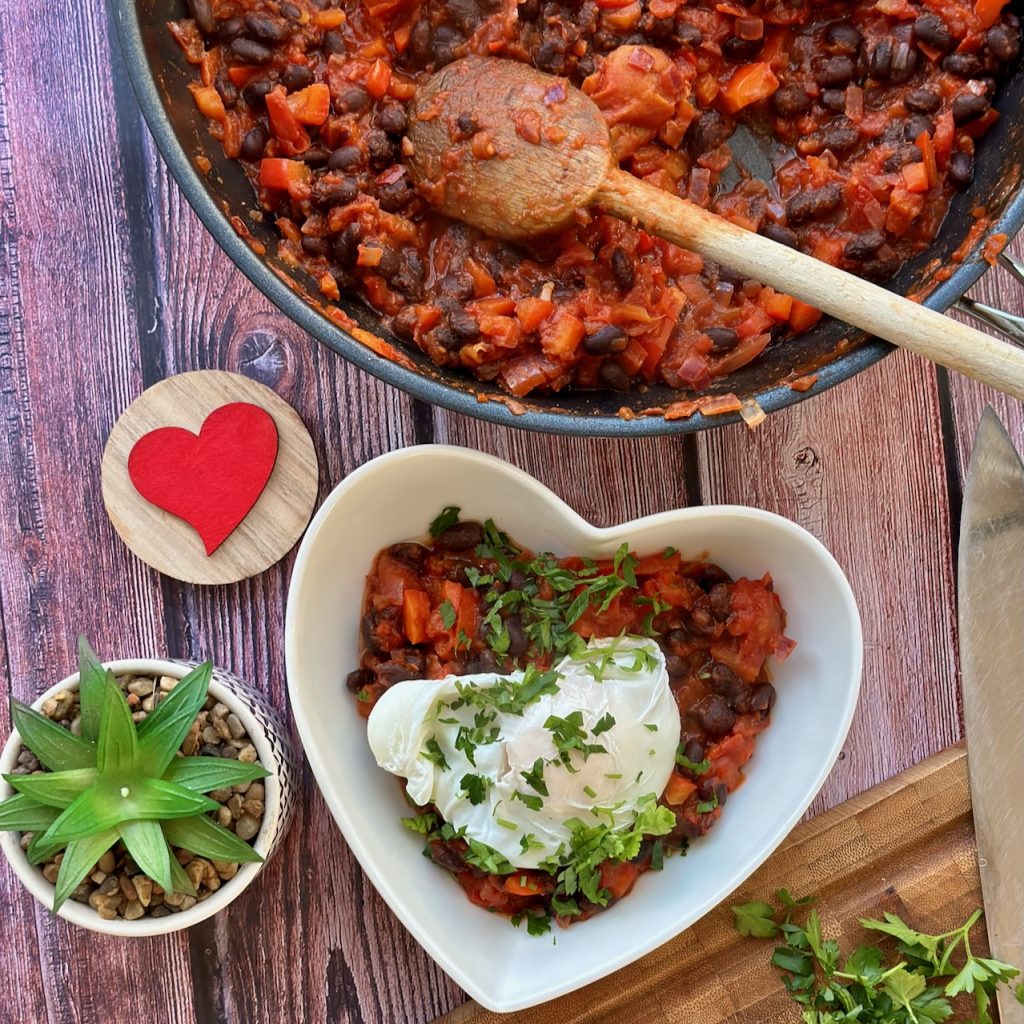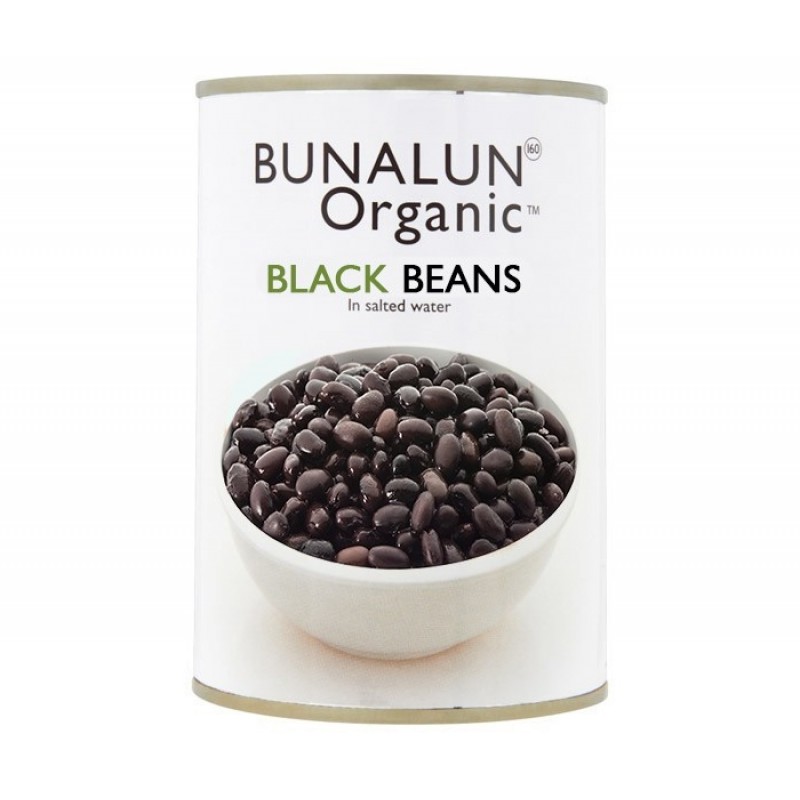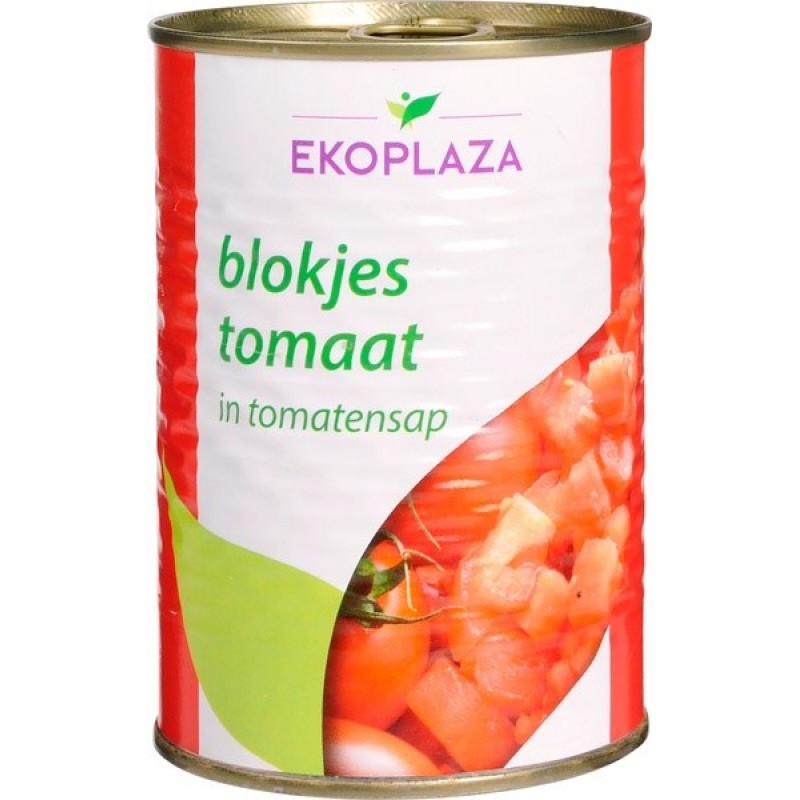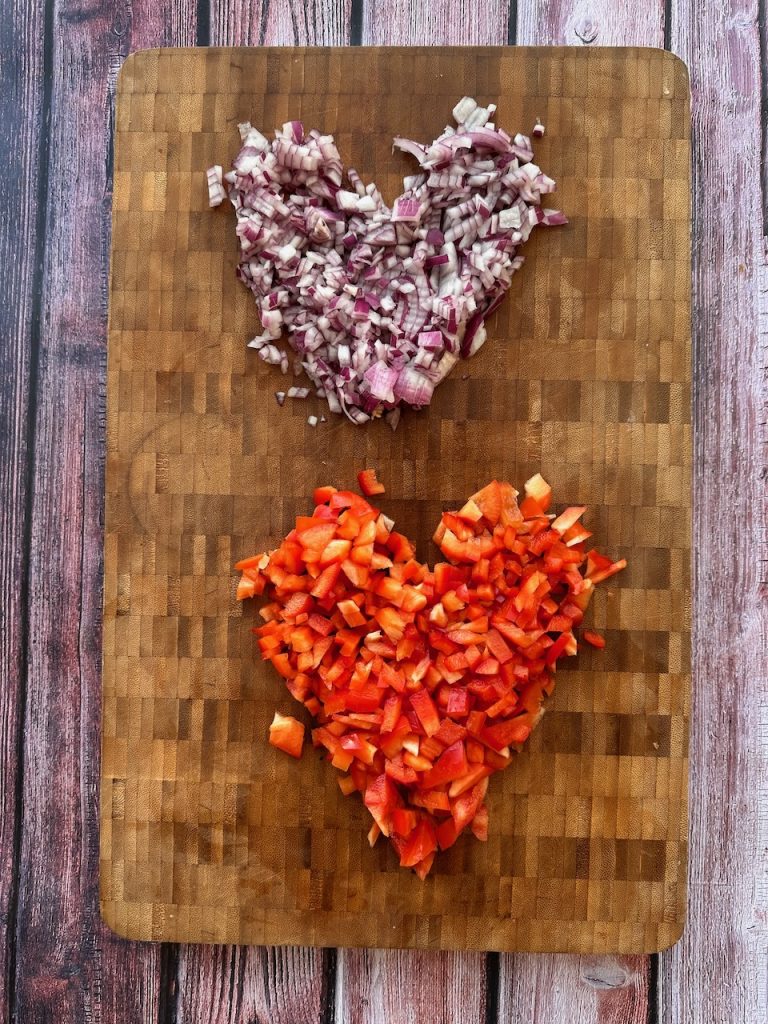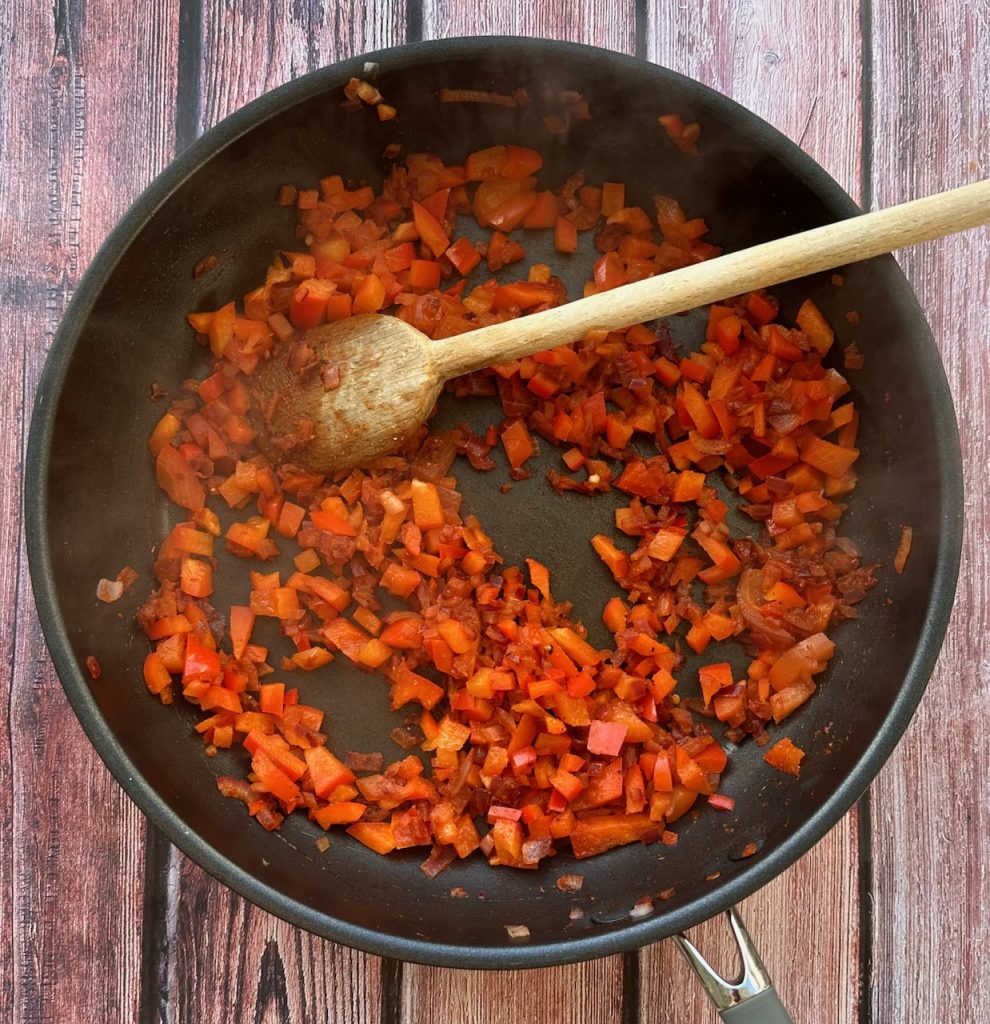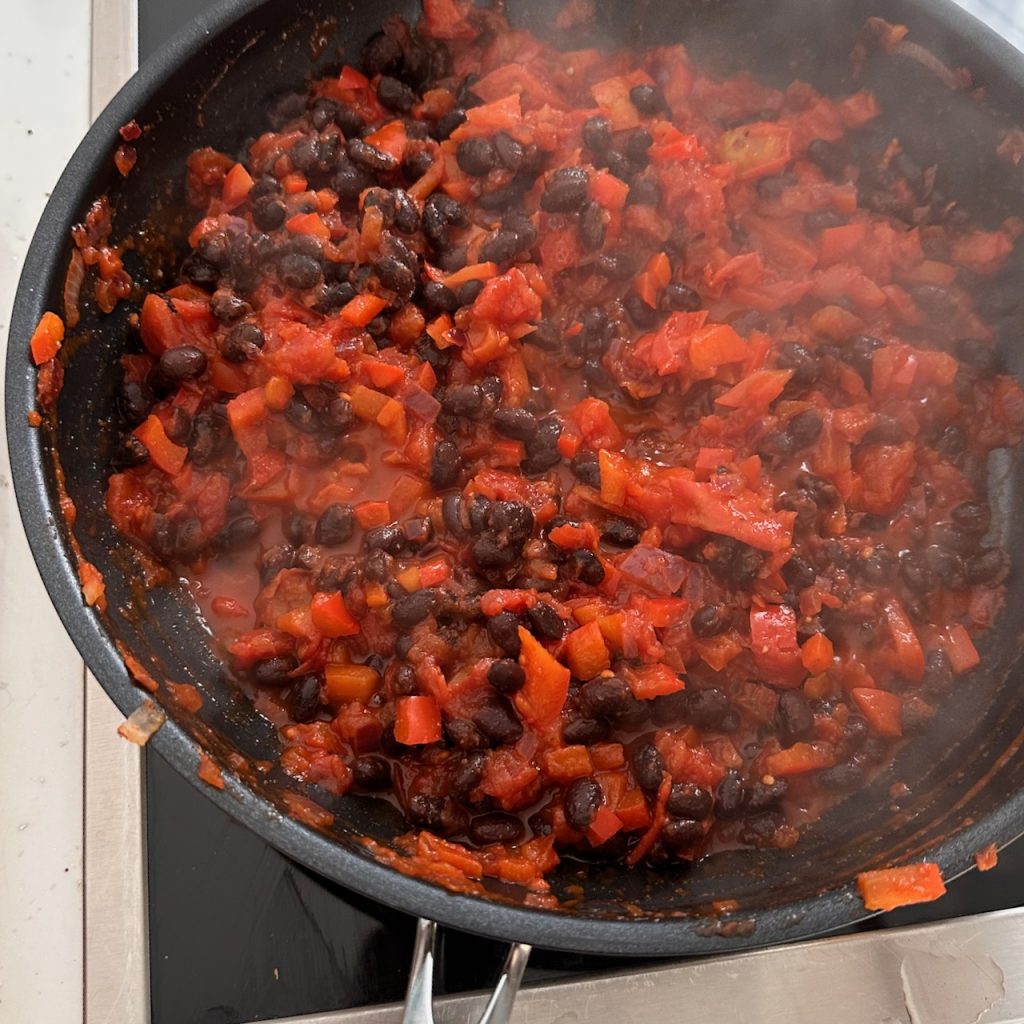I am sitting here on our tractor at the bottom of the farm as I write. The tractor ironically being the noisy beast it is, is a great place to find peace. There is something highly satisfying about tilling the land.
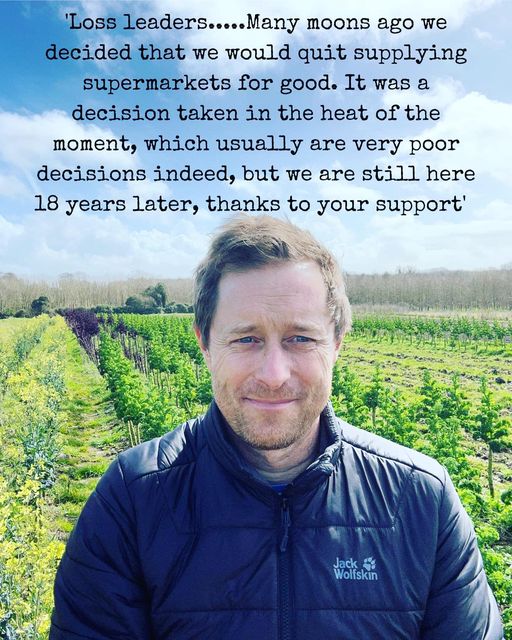
As much as there is a business to be managed, the luxury of being in the field at least on occasion is something that really grounds and reconnects a person to nature. Whilst margins and spreadsheets and efficiency ratios are all important all of these things can sometimes cloud the real reason of why it is we do what we do.
Don’t pay enough attention to those variables of course and the tiling of the land is nothing but an idle dream. Pay too much attention and you run the risk of getting lost and losing track of “The why”. It was brought to our attention last week by ‘the traveling stoic’ on Instagram that ‘the restrictive practices order 1987 prohibits the sale of grocery products at below net invoice price’ but this law does not include fresh produce! It is deemed permissible to allow loss leading on all things fresh, and that includes you may be surprised to learn not only fruit and vegetables, but also milk, meat, and fish.
All our primary producers are essentially being told: ‘We don’t value what you do and we will sell your produce for less than the price of production.’ This is upsetting on a number of levels, but especially when you consider the time, energy and care each producer puts into their produce. It is demoralising and financially unsustainable. We know we cannot possibly compete with supermarkets.
As I was writing this on my phone, for some mad reason spell check but in ‘cartels’! maybe that is a more apt description of these institutions!Supermarkets can afford to squeeze the producers, they have all the power, they can dictate terms. This approach has led to more and more growers saying enough is enough, and sometimes over the seemingly paltry sum of 5c per piece.
That is a sad situation. Those skills especially when it comes to vegetables as there are fewer and fewer of us are gone for ever. Many moons ago we decided that we would quit supplying supermarkets for good. It was a decision taken in the heat of the moment, which usually are very poor decisions indeed. We were told one Monday morning that unless we reduced our pricing and became responsible for the waste in their stores we should look elsewhere for custom.
I can’t say here what I said then, but we never supplied those supermarkets again. It was rash, but it meant we doubled our efforts at making a successful business of growing our own food and supporting other Irish growers and delivering direct to you, our customers.
We, only with your help are still here today 18 years later and we are thankful for that. I think Emmanuel (our farm manager) may be getting a little concerned now, not having seen our tractor move for some time. Writing and tiling are very difficult endeavours to multitask at! So, I think it’s time to put the phone down and get back to it.
Until next week thanks for your support.
Kenneth

